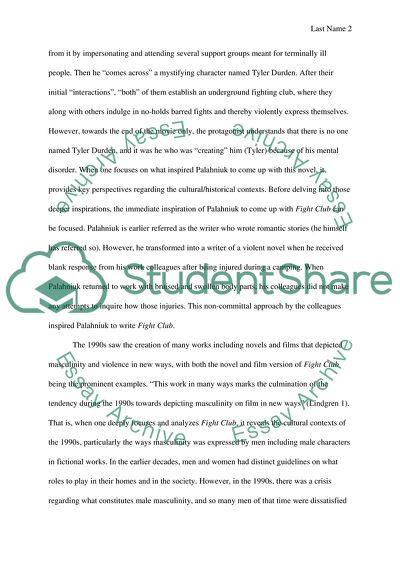Cite this document
(Fight Clubs Cultural Context Book Report/Review, n.d.)
Fight Clubs Cultural Context Book Report/Review. Retrieved from https://studentshare.org/literature/1843245-fight-club-inquiry
Fight Clubs Cultural Context Book Report/Review. Retrieved from https://studentshare.org/literature/1843245-fight-club-inquiry
(Fight Clubs Cultural Context Book Report/Review)
Fight Clubs Cultural Context Book Report/Review. https://studentshare.org/literature/1843245-fight-club-inquiry.
Fight Clubs Cultural Context Book Report/Review. https://studentshare.org/literature/1843245-fight-club-inquiry.
“Fight Clubs Cultural Context Book Report/Review”. https://studentshare.org/literature/1843245-fight-club-inquiry.


